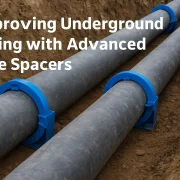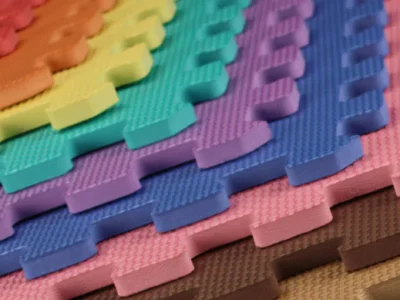Casting valve in other words Investment casting is the process of melting down the metal into the molten fluid which again gets processed to create valves wielding more of the alloys and metals.
In this process, metals are melted in liquid form and keep to thicken to form in different moulds which are used to form valves. It is also significantly known for its plumbing system, which helps in managing the gas, air, or water follow.
It also has a broad range of applications from transportations to pipelines to various industrial functions.
Various Valve Casting manufacturers deal with creating different types of valves as per the market requirement.
Features of Valve Casting
Casting is a vast term which doesn’t only include the valves. There are so many components of casting or valve castings like valve cast disc, valve cast body, valve cast bonnet, valve cast flange and many others.
There are different casting techniques which help in forming different types of valves as per dimension and specification of valve parts which are processed in a different method by different valve casting manufacturers which are under as:
· Lost Wax Casting
Lost wax casting is a type or method of casting where wax is being used to form the moulds. It is considered as one of the oldest or former methods of casting. In ancient times, it was beeswax which has been used perennial to create moulds or any shapes.
But in today’s times, it is lost wax casting which helps in creating steel casts valve things like carbon steel, stainless steel and many others. The price of Lost wax casting is higher as it has higher efficiency, fewer wastages and complicated design.
· Lost Foam Casting.
Next type of valve casting which is different from the Lost wax casting. In this casting, foam is used to create shapes. This method is said to be very precise for creating a wonderful finish and size valve.
· Sand Casting
Another type of valve or investment casting is sand casting where compressed or loaded sand is used to create moulds for the compartment where metal is sifted. This method is applied in both steel valve and iron valve casting to provide a wide variety of valve parts with complicated geometries where parts can differ in size and weight.
Benefits of Valve Casting
After discussing Valve casting and its features, let’s know further how it’s useful or benefitted.
· Valve casting helps in creating valves with different sizes and patterns or with detailed shapes.
· It is also considered as an incredibly cost-effective outcome for many industries.
· It encourages lessen machine cost and labour in comparison with forging valves.
· It gives liberty to create a different category of valves with additional intricate parts.
· It’s less time consuming and reasonable to create alternative parts when the system’s new valve worsens or breaks down.
Conclusion
Last, it is evident that how significant roles doe’s valve casting plays in the community, which is why there are a number of valve casting manufacturers which are helping other industries and enterprises for the production.

















Comments